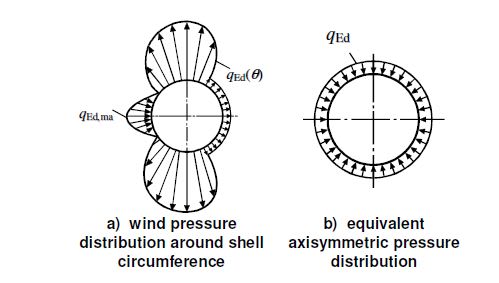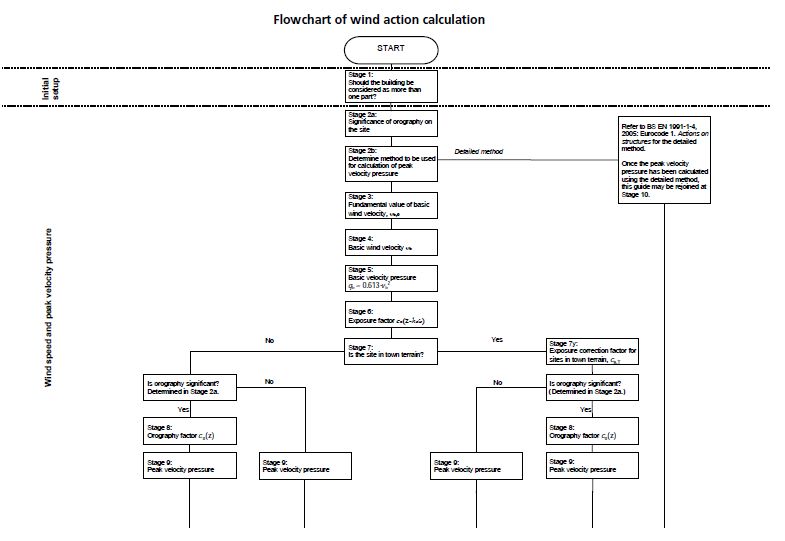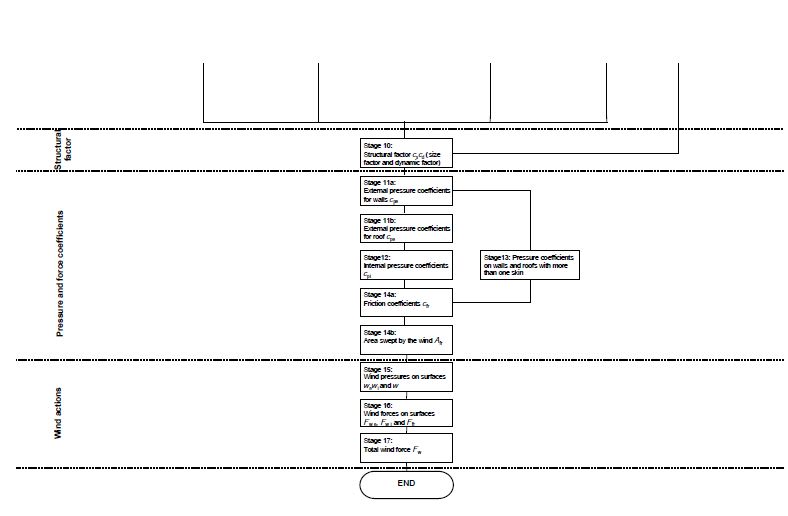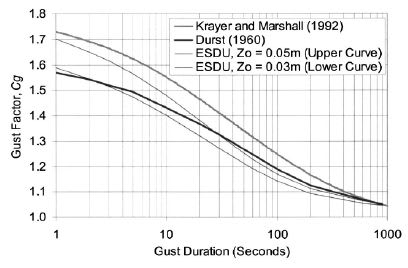Dear KVdA ,
I will try to reply to your questions based on my EC knowledge and experience..
- The basic wind speed is a local data and you are expected to look Basic wind speed map applicable for your local zone.( I looked to your Internet country domain (BE) . If so, 45m/s basic wind speed should be pretty fine.
- Will you pls provide more info for the subject API tank ? where is it located ?
[quote="NOTE When calculating the uplift due to wind, the load should be calculated based on a minimum wind
speed of 45 m/s and a shape factor for the tank shell of 0,7."
Again a new name for possibly something that is used in EC by a different name (probably kw in EN1993-4-2). Or is it the conversion between pressure and force (generally referred as shape factor in other codes).
But than it doesn't seem to comply with the values i obtain when calculating the force for that same velocity.
We can only guess ..... grr....
I have checked EN 1993-4-2 and EN1991-1-4 which lead me to conclude that for buckling the wind pressure should be used (based on the same figure you copied).
But what about anchorage etc...]
[/quote]
If you like a short answer,
If this an API 650 tank, the design wind speed (V) shall be 190 km/hr ( 52.7 m/sec) which is greater than 45 m/s . Pls check if the local wind velocity more than 52.7 m/sec. If LT 52.7 m/sec , Adopt wind speed (V) 190 km/hr ( 52.7 m/sec) and follow the API calculation procedures.
If you want a long answer,
- Look for local basic wind velocity,
- follow the following chart ( copied from Concise Eurocodes: Loadings on Structures : Eurocode 1
Ian Burgess, Amy Green and Anthony Abu )
- Check the subject tank for EN 14015 , EN 1993-4-2
- Check the subject tank for API 650 with adopting minimum design wind speed (V) 190 km/hr .
Finally you will get a tank complying API 650 and EN 14015.
But you may post more info regarding ( tank, service, location...) to get better responds.


![[nosmiley] [nosmiley] [nosmiley]](/data/assets/smilies/nosmiley.gif)


